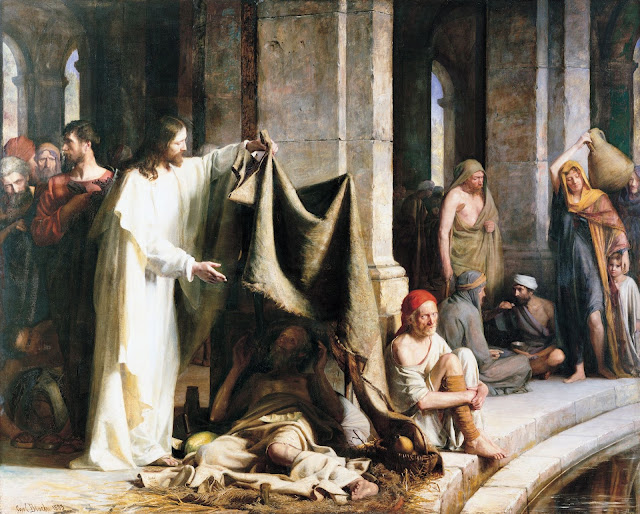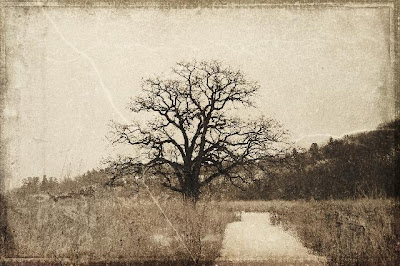The Healer's Art
Driving to church yesterday, I was listening to a General Conference recording of "Lord, I Would Follow Thee," a beautiful Latter-day Saint hymn, the text of which was written by Susan Evans McCloud.
This time around, the words that stuck out were these, from the third verse:
"I would be my brother's keeper;
I would learn the healer’s art.
To the wounded and the weary
I would show a gentle heart."
I started thinking about healers. Doctors and nurses. Legit heroes. And I thought about the parts of the healing process. There's the diagnosis and treatment part, done by medical experts who have undergone rigorous training to find problems, determine their scope, and develop a course of treatment.
And then there's the pain management part. In many cases the pain relief isn't a cure. It's not a permanent fix, but it's meant to make the healing process more bearable.
So, back to the song, it struck me that the healer's art, for many of us, is more often the pain relief, not the fixing or diagnosing, even though we treat it as if it were the latter case. Someone comes to us with a problem, or we see someone struggling, and we dive right into trying to diagnose and fix. And maybe we're the right person for that task but in my own experience, I'm usually not, only in cases where I know the person very closely.
And that doesn't always include my immediate family. Because I don't necessarily know them as closely as I should (due to distance, time apart, etc.) to be the fixer, the doctor. It's even more so for many people I call friends, in the real world or here. But my mind immediately goes to the "fixer" role: I feel like I can and need to diagnose the problem and prescribe the way out of it.
The impression I got yesterday was that more often my role is to be the pain reliever, to offer kind words of support and love, maybe a tangible gesture like a hug or a gift. It's more immediate, it's more universal, and it's more likely to reach the suffering person's heart, I think.
Because so often the problem isn't something that can be "fixed." It's a loved one's death or a feeling of being rejected or loneliness or an illness that may not have a treatment. How do you fix a situation where someone feels they don't belong? You can tell them they do, but you can't tell every person they'll ever meet to accept that person, assuming they even would.
But you can be a healer for that person by sharing your love and appreciation for them, telling them the good things they've done that you've seen or experienced. You can relieve the pain by helping them see and find reasons to feel lighter.
We can be healers without removing the problem; that's my takeaway, I guess. We can lift burdens, we can share in mourning. The healer's art doesn't always mean taking away the entirety of someone's suffering. If we're being honest, only One can truly do that, and He paved the path for that curing in Gethsemane and on Golgotha.
And I believe He asks us to be pain relievers more than he asks us to be diagnosers. Not because our desires to be the latter aren't genuine or sincere, but because we are more capable of more openly and widely spreading relief to any and all we meet.




Comments